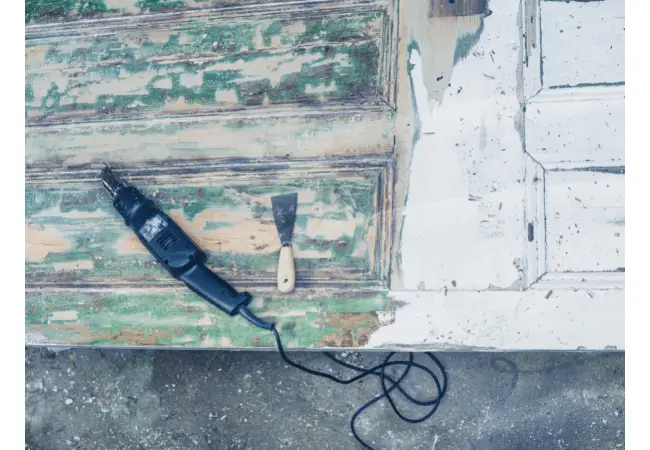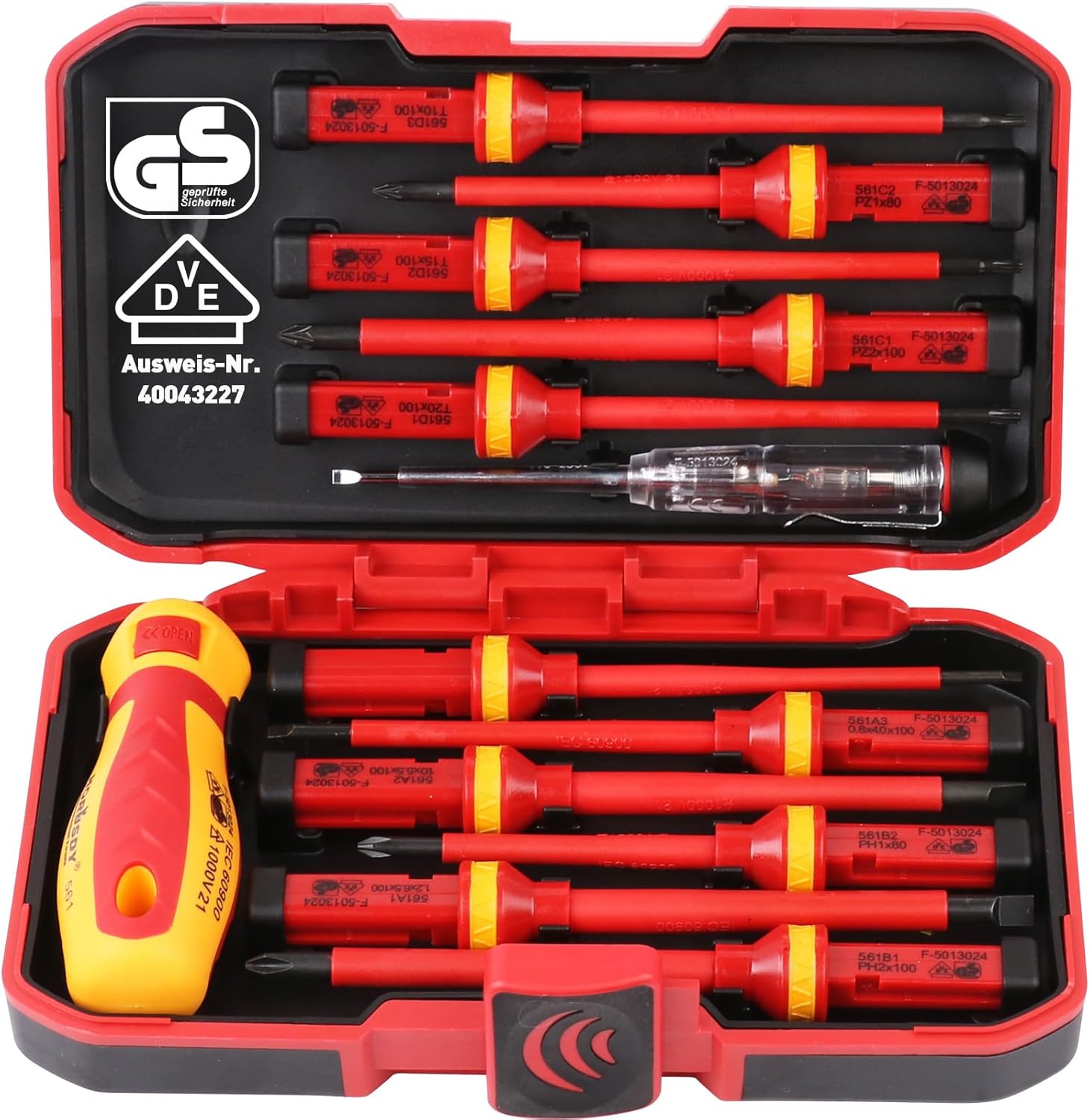Contents

Paint removal is a long and arduous process. Whether you’re removing it from a wall or your table, the process is still the same. You’ll need to be patient and determined enough to handle tedious and repetitive work. Learn how to use a heat gun to remove paint in this informative article.
If you want to remove paint from an item but don’t want to use any harsh chemicals, you may be able to use a heat gun. The process of removing paint with a heat gun isn’t complicated, meaning you’ll be able to do it yourself even if you’re a beginner.
Heat guns are great tools to help with the paint removal task. While they may be more expensive than other paint removal options on the market, they are worth every penny.
All it takes is some patience and proper technique. Removing paint using heat is much safer than using chemical strippers or sanding.
Keep reading to see how you can remove paint using a heat gun.
Does The Type Of Surface Matter?
Heat gun paint removal is effective for stripping paint from several different surfaces, including wood, brick, sloppy stone, and metal. However, the process remains the same no matter the surface type.
Paint can be removed from concrete, but high heat should not exceed 1,000 degrees Fahrenheit because it can damage the surface. Additionally, while paint can be removed from concrete, the stain cannot. This substance seeps into the pores of the concrete permanently. Nothing can be done about it.
Because stone is a naturally porous material, scraping the paint away with a straight scraper may be difficult. A wire metal brush is the best option.
Safety Precautions While Using A Heat Gun
Heat guns are fantastic tools, but as with any tool, they should be appropriately used because their temperature can reach up to 2,000 degrees Fahrenheit.
You should not use these tools around children or pets, and if there are other people in the room, they should be aware of what you’re doing and take the necessary precautions as well.
Please note that the air flow’s temperature can reach high enough levels to cause severe burns when in use. To avoid any unwanted accidents, wear heat-protective gloves while using the gun. Also, never place an activated gun down on a flammable surface.
When working with metal, ensure that you wear safety goggles. The fumes that are released when metal is heated can be dangerous if inhaled. Make sure you work with metal outside. If it has to be done inside, make sure you use a mask or other type of protective face covering. A respirator is a great idea as well.
It is also suggested that you keep your workspace free of potentially dangerous chemicals. Paint thinner and acetone may pose a fire or explosion hazard to both you and the people around you.
How To Remove Paint
Place a cloth on the surface you don’t want to be covered in paint when you’re ready to begin. The paint drips as you scrape it off, and if it lands on a hard surface, it’ll be hard for you to remove it. You may also want to have a bowl or container to put the scraps into for simple disposal.
Hold your heat gun about an inch away from the surface and continuously move it. Keeping it in motion will ensure that you don’t overheat any areas. Once the paint is ready to come off, scrape it off with a paint scraper. If you don’t have a paint scraper, you can use a putty knife or another flat tool. For people that enjoy getting your hands dirty and building things, operating a heat gun and scraper at the same time will be an easy task for you.
If you are trying to remove paint from a window, do so carefully. Make sure not to overheat the glass, as this can cause it to crack. You can remove any remaining paint or stain off the wood by using sandpaper. Start with 40 grit and go up to 240 grit sandpaper.
Once that’s done, rinse it off with mineral spirits. Mineral spirits are flammable, so the area must be cooled down at this stage. If you’re having a hard time removing layers of paint from a surface that has been coated 4-5 times, don’t force it. Just keep scraping away, and eventually, you’ll be able to remove every layer.
Frequently Asked Questions (FAQ)
What Heat Gun Should I Buy For Removing Paint?
The specific type of heat gun doesn’t matter as long as it provides sufficient heat to strip paint.
There are heat guns on the market specifically made for removing paint. They’re safe and easy to use around any kind of paint, even lead paint! However, they’re pretty expensive when compared to chemical paint removal, so don’t consider purchasing one unless you have quite a bit of paint removal work to do.
Is Sanding Necessary? How Can I Remove A Minor Stain Without Sanding?
No matter what type of paint remover you use, it’s always a good idea to sand away any remaining paint or minor stain before applying your desired finish.
Skipping the sanding stage isn’t a huge mistake. However, you may have to repaint as time goes on.
You can use a heat gun to remove big stains. For minor stains, you can use sandpaper. You can use a wire metal brush instead if you like, but that can also cause scratches on the surface. So, sandpaper is the best option.
What Temperature Should I Set My Heat Gun To?
If you have lead paint, use the lowest heat setting. This will prevent your lead paint from vaporizing, but if you’re sure there is no lead paint, you may be able to use a higher heat setting.
You may need to try different settings on the gun to ultimately melt the paint without harming your actual product.
Conclusion
Removing paint is a time-consuming and daunting task, but a heat gun can make it easier.
You can use chemicals like ammonia and acetone to remove the paint, but they’ll make your work a bit harder. These chemicals make the surface sticky. After removing paint, you’ll have to spend another couple of hours cleaning it up and then drying it so that you can use sandpaper.
With a heat gun, simply heat the paint and then scrape it and run some sandpaper over it. That’s it!
Related Article
What is a Heat Gun Used For?




Leave a Reply